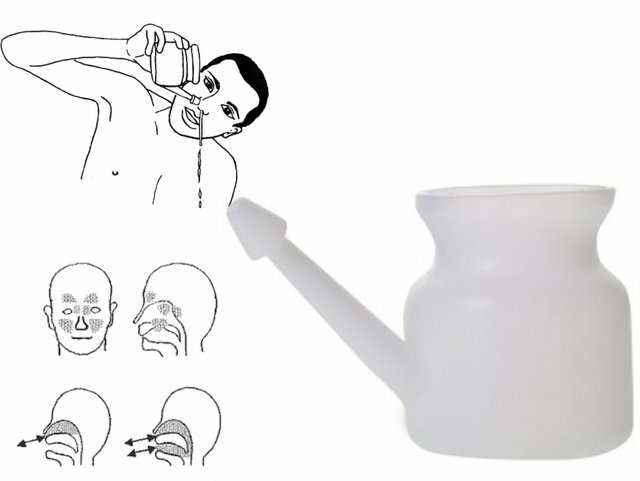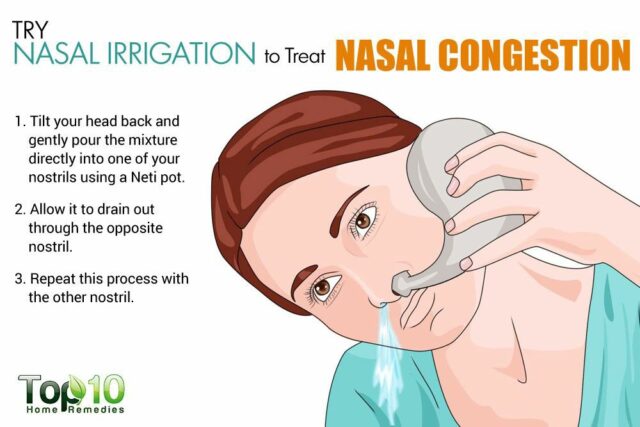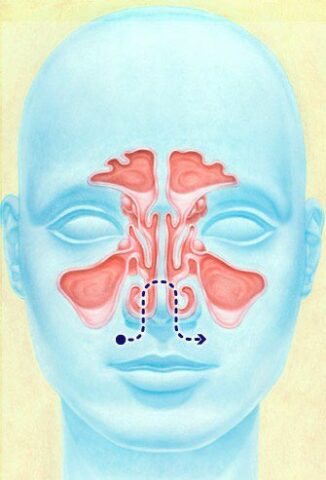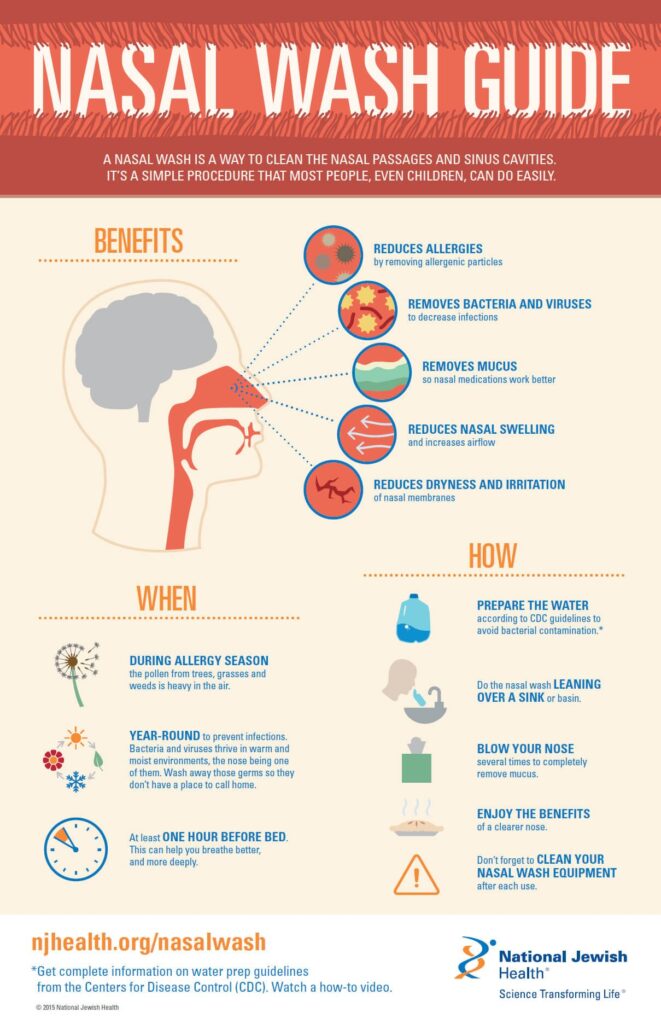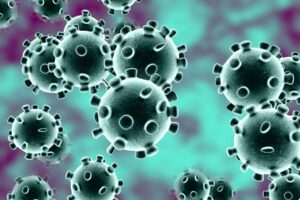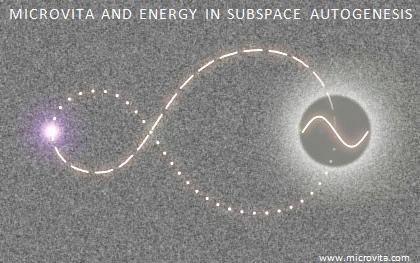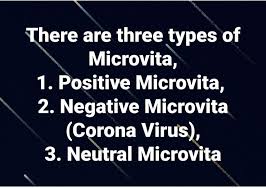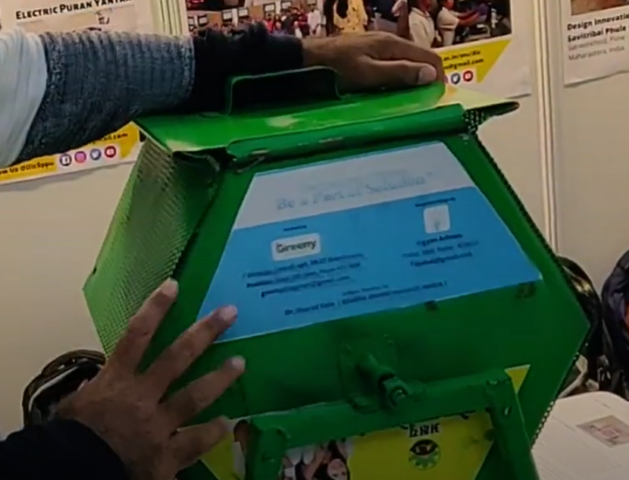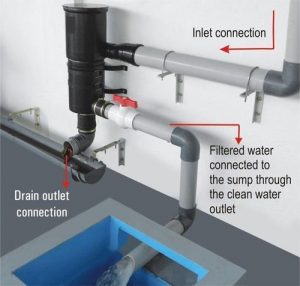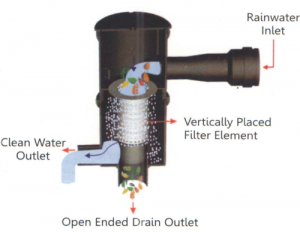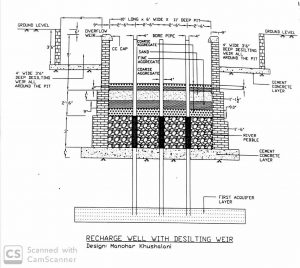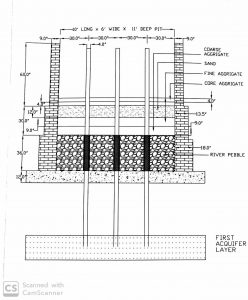SOURCES AND CLASSIFICATION OF WATER POLLUTANTS
Dr(Smt) Shanti Vaidya
Senior Research Officer, Chemistry Division,
CW&PRS, Khadakwasla R.S. PUNE, India 411024
WATER is essential for our existence. GOOD and ADEQUATE water is essential for the comfortable and happy living.
The national building code (NBC) as well as the Indian Standards (IS-1172) assume the requirement of water per person per day to be 135 ltrs. (about 9 buckets) for hygienic living. The NBC reckons a family to be made up of 5 members on an average. Of this total requirement of 135 ltrs., the quantum needed for cooking and drinking purposes is only about 10 – 15 ltrs.; a substantial portion (about 40 – 45 ltrs.) goes for flushing the water closets. The rest goes for bathing (30 ltrs.), washing of clothes (15 – 20ltrs), vessels (10 – 15ltrs.), floors (5 ltrs), etc. The portion needed for cooking and drinking at least has to be absolutely free of any pollution.
Of the four Metropolitan cities, viz., New Delhi, Bombay, Calcutta and Madras, only the capital city is able to supply the requisite per captia quantity of treated water. Bombay falls a little short, whereas in Calcutta and Madras, the supply is woefully inadequate, with the Madras Metropolitan Water Supply & Sewerage Board (MMWSSB) itself admitting to a supply of only 78ltrs. per captia which is the smallest quantity supplied in any metropolitan town or city in India.
What is water pollution ?
To pollute is to “make unfit for or harmful to living things, especially by the addition of waste matter”.
- a) Any Physical or Chemical change in water that can adversely affect humans and organisms.
- b) Any departure from purity. Better expressed, any departure from normalcy.
- c) The addition to water of an excess of material or heat that is harmful to humans, animals, desirable aquatic life or otherwise causes significant departure from normal activities of various living communities in or near a water body.
Ever-increasing population and the consequent urbanization and industrialization have mounted serious environmental pressures on these ecosystems and have affected them to such an extent that their benefits have declined significantly. This is particularly grave for water resources. e.g in Bangalore city, studies revealed a nearly 35% decrease in the number of bodies of water during 1973 to 1996. Thus, water the most precious natural resource is the most USED and ABUSED resource.
For a suitable restoration action plan, recycling, reuse, recharge are the key words. The knowledge about the characterization of the type and source of pollutants entering the ecosystem can help us device a good restoration plan. Investigation of the physico-chemical and biological parameters in this regard helps in assessing the status, which is required for evolving appropriate restoration methods towards conservation and management.
Water pollution : How ? From where i.e. Sources:
Many natural processes like sedimentation, growth of pathogenic organisms, leaching cause water pollution. An excess of natural processes like tsunami left near-coast lands saline. But the most effective and continuous phenomenon are human activities that cause pollution of all types of waterbodies like rivers, lakes, marshes, ground water and coastal waters. Pollution then becomes an issue of intensity, the quantity and quality of the pollutant being more important than whether it was generated by natural processes or industrial processes. Discharging various wastes in and near a waterbody causes pollution of that waterbody. Wastes from following operations cause pollution.
- Domestic waste
- Sewage
- Mining
- Agriculture : This sector uses 70% of total water use in India.
- Stock Breeding
- Fisheries
- Forestry
- Urban human activities
- Construction works
- Industries : This sector uses 8% to 50% of total water use.
Which water is pure water ?
Varied beneficial uses of water require different levels of minimum purity. Water is suitable for certain designated use if it complies certain crieteria. Classes A to E are defined by Central Pollution Control Board (CPCB) in 1991.
Tolerance Limits For Inland Surface Water
Class A : For Domestic Supply After Disinfection
| Parameter |
Tolerance limit |
| pH value
Dissolved Oxygen, mg/1, Min
BOD (5 days at 20°C), mg/l
Total coliform,MPN/100 ml, Max
Colour, Hazan units
Odour
Taste
Total dissolved solids, mg/l
Total hardness (as Ca CO3), mg/l
Magnesium (as Mg), mg/l
Copper (as Cu), mg/l
Iron (as Fe), mg/l
Manganese (as Mn), mg/l
Chlorides (as Cl), mg/l
Fluorides (as F), mg/l
Cyanides (as CN), mg/l |
6.5 to 8.5
6
2
50
10
Unobjectionable
Tasteless
500
200
100
1.5
0.3
0.5
250
1.5
0.05 |
Class B : For Outdoor Bathing
| Parameter |
Tolerance limit |
| pH value
Dissolved Oxygen, mg/1, Min
BOD (5 days at 20°C), mg/1
Total coliform, MPN/100 ml, Max
Fluorides (as F), mg/l
Colour, Hazan units
Cyanides (as CN), mg/l
Arsenic (as As), mg/l
Phenolic compounds (as C6H5OH), mg/l
Chromium (as Cr6+), mg/l
Anionic detergents (as MBAS), mg/l
Alpha emitters, µc/ml
Beta emitters, µc/ml |
6.5 to 8.5
5
3
500
1.5
300
0.05
0.2
0.005
0.05
1
10-9
10-8 |
Class C : For Domestic Supply After Conventional Treatment And Disinfection
| Parameter |
Tolerance limit |
| pH value
Dissolved Oxygen, mg/1, Minimum
BOD (5 days at 20°C), mg/1
Total coliform, MPN/100 ml, Max
Colour, Hazan units
Fluorides (as F), mg/l
Cadmium (as Cd), mg/l
Chlorides (as Cl), mg/l
Chromium (as Cr6+), mg/l
Cyanides (as CN), mg/l
Total dissolved solids, mg/l
Selenium (as Se), mg/l
Sulphates (as SO4), mg/l
Lead (as Pb), mg/l
Copper (as Cu), mg/l
Arsenic (as As), mg/l
Iron (as Fe), mg/l
Phenolic compounds (as C6H5OH), mg/l |
6.5 to 8.5
4
3
5000
300
1.5
0.01
600
0.05
0.05
1500
0.05
400
0.1
1.5
0.2
0.5
0.005 |
Class D : For Wild Life And Fisheries
| Parameter |
Tolerance limit |
| pH value
Dissolved Oxygen, mg/1, Min
Free Ammonia (as NH3), mg/l
Electrical conductance at 25°C, mhos/cm
Free Carbon dioxide (as CO2), mg/l
Oils and grease, mg/l, Max |
6.5 to 8.5
4
1.2
1,000 x 10-6
6
0.1 |
Class E : For Irrigation, Industrial Cooling, Controlled Waste Disposal
| Parameter |
Tolerance limit |
| pH value
Electrical conductance at 25°C, mhos/cm
Sodium adsorption ratio (SAR)
Boron (as B), mg/l
Total dissolved solid, (inorganic), mg/l
Sulphates (as SO4), mg/l
Chlorides (as Cl), mg/l |
6.5 to 8.5
2,250 x 10-6
26
2
2,100
1,000
600 |
Water Quality Parameters
| Physical |
Chemical |
Biological |
| pH, Turbidity,
Electrical Conductivity,
Temperature,
Secchi Depth,
Suspended Solids |
DO, BOD, COD, Sodium, Potassium, Calcium, Magnesium, Carbonate, Bicarbonate, Chloride, Sulphate, Phosphate, Nitrate, Silica, Iron,
Heavy metals |
Chlorophyll, Primary productivity, Plankton analysis,
Aquatic macrophytes,
Total coliforms, Faecal coliforms
|
Which substances can be called pollutant ?
As per definitions above, any excess of material or heat, thus following are some such pollutants:
- Gases CO2, O2, N2
- Dust suspension
- Metals
- Bacteria
- Heat
- Organic substances
- Inorganic substances
A report of CPCB study conducted in 1984 concluded that 75% pollution of rivers is caused by discharge of UNTREATED MUNICIPAL WASTE/SEWAGE from large and medium towns. Remaining 25% is due to discharge of partly treated or untreated EFFLUENTS from INDUSTRY. This certainly is not very encouraging.
Classification of water pollutants
1) Depending on nature of polluting activity:
- a) Natural surface water run off.
- b) Dissolved chemical that percolates through soil, causes ground water pollution –
- c) Human sources like agriculture, mining, construction, industry, homes and business – all cause water pollution –
2) Depending upon the pattern of entry :
- a) Point source which is identifiable and hence comparatively easy to control. e.g. Sewage, storm-water, Industrial effluent, animal feed-lots.
- b) Non-point source which is widely spread out, diffused and hence difficult to identify and to control. e.g. agricultural run-off, Sediment run offs from natural or human caused forest fire, construction, logging, drainage of acids, minerals, sediments from active/abandoned mines, oil-spills or spills of other hazardous material.
3) Depending upon the degradability or reactivity:
- a) Biodegradable: Degraded by microbes in reasonable time say up to 1 month. These pollutants become a problem when added to the environment faster than they can decompose.
Biodegradable pollutants are of two types, rapidly degradable and slowly degradable. Rapidly degradable pollutants are ‘natural’, we put them somewhere until they degrade to non-toxic levels. Slowly degradable pollutants are materials that either do not decompose or decompose slowly in the natural environment. Once contamination occurs, it is difficult or impossible to remove these pollutants from the environment. E.g. synthetic compounds which resemble nothing natural, such as dichloro diphenyl trichloro ethane (DDT), dioxins, polychlorinated biphenyls (PCBs), and radioactive materials. They can reach dangerous levels of accumulation as they are passed, up the food chain into the bodies of progressively larger animals, e.g., molecules of toxic compounds may collect on the surface of aquatic plants without doing much damage to the plants. A small fish that grazes on these plants accumulates a high concentration of the toxin. Larger fish or other carnivores that eat the small fish will accumulate even greater, and possibly life-threatening, concentrations of the compound. This process is known as bioaccumulation. Such very slowly degradable pollutants are more problematic; we try to put them some place forever, because they will not degrade to non-toxic levels in a reasonable period of time. Ultimately they seep back into the environment and create much havoc. Some special measures like advance oxidation systems are required to remove slowly degradable pollutants from wastewater. They are often difficult and expensive.
- b) Non degradable pollutants are bacteria, virus, salts of metals, sediment fractions, heavy metals and the last PLASTICS. They are conservative like heat, a form of energy but certainly a pollutant.
4) Depending upon the effect intensity:
- a) Acute : Such pollutants have an immediate and intense effect on the consumer.
- b) Chronic or Long term : Such pollutants have slow but long term effects on consumers.
5) To Systematise more, the water pollutants are classified into nine categories:
- Oxygen-demanding wastes
- Disease causing agents
- Plant nutrients
- Synthetic organic compounds.
- Oil
- Inorganic chemicals and mineral substances
- Sediments
- Radioactive material
- Heat (Thermal pollution)
- Oxygen-demanding wastes: They are degradable by bacterial activity or strong acids/chemicals. Hence, cause depletion of dissolved oxygen. Most of them, primarily organic materials hence, get oxidized to CO2 & H2O. If degraded in anaerobic condition, give out foul odour and decrease the usable & recreational value of waterbodies. This process may cause fish kills & danger to other aquatic life, also affect colour, odour, taste of water.
Typically such pollutants come from sewage (domestic and animal), and industrial wastes. The amount of such substances is estimated in water by quantity called Biochemical Oxygen Demand (BOD).
| Products of decomposition of organic matter |
| Under aerobic conditions |
Under anaerobic condition |
| C CO2 |
C CH4 |
| N NH3 + HNO3 |
N NH + Amines |
| S H2SO4 |
S H2S |
| P H3PO4 |
P PH3 + P compounds |
- Disease causing agents: 75% – 80% infant deaths are caused by water borne diseases. Water has been a potential carrier of pathogens hence, causing epidemics of typhoid, para-typhoid, dysentery, cholera. Water also transmits diseases like polio and hepatitis. Modern disinfection and treatment plants have greatly reduced this danger in cities. Sewage and such discharge make the waterbody infected with such pathogens and that acts as source of this category of pollutants.
- Plant Nutrients: For plant growth, nutrients are limiting factor. N & P enter freshwater and lead to plant growth. When in excess, they cause eutrophication. They tend to accumulate in ground water. Excess concentration also renders water unsuitable for certain uses as they cause high BOD and disagreeable odours. Nutrient enrichment is a natural process (e.g. peat and muck soils or coal and oil deposits). Human activities hasten this leading to aging of lakes in shorter time.
N-P-K fertilizers applied in agriculture get into run off. Run off coefficient is a function of solubility of fertilizer, rate of absorption by plant, rate of decomposition. In the process excess nutrients flow to water and cause eutrophication.
- Organic chemicals: Detergents (surfactant), pesticides, various industrial products, decomposition products. Some of them are toxic to fish at very low concentration, such as 1 ppm (phenol). Many are not biodegradable or very slowly degradable. Agrochemicals are some special chemicals which may be toxic to biota, human, extremely stable like DDT or have tendency to accumulate in animal and human body.
- Oil : Production, distribution and use of huge quantities, result is contamination of water with oils. Some are accidental and some operational.
- Inorganic chemical and mineral substances: Mineral acids, inorganic salts, metal compounds, which come through, smelting, metallurgical, chemical industries, mine drainage etc.. They may injure or kill fish and other aquatic life, may concentrate in food chain, e.g. Mercury. Inorganic mercury may be converted to methyl mercury CH3Hg+ by certain anaerobic bacteria. This causes mercury poisoning.
Water draining to pyrite containing coal mines cause formation of acid (H2SO4). This affects long stretches of streams, turns them acidic cause fish kills, corrosion of plumbing systems, boats, piers, related structures and agricultural crop damage.
- Sediments: There are soil and mineral particles, washed from land to waters, from croplands, unprotected forest soils, overgrazed pastures, strip mines roads and bulldozed urban areas. Sediments are able to:
- fill stream, channels and reservoirs.
- erode power turbines and pumping equipment
- cause turbidity hence perturb sunlight
- plug water filters
- blanket fish nests, spawn, food supplies to fish and shell fish.
Natural process of erosion causes sediments and its extent is a function of type of soil, geology, topography, precipitation and vegetation cover.
- Radioactive materials: Wastes of Uranium and Thorium230 and Radium226 mining, refining from nuclear power plants, industrial, medical and scientific utlisation of radioactive material cause the pollution. The effects are lethal or mutagenic. Nuclear weapon tests also cause radio isotopes to come to air & soil and then in water.
The dust and debris of radioactive materials do not settle quickly after explosion hence, can contaminate air for long time. Hence, there is a proposal of Comprehensive Test Ban Treaty (CTBT). Accidental explosion of Chernobyl nuclear power plant caused such pollution.
Strontium90 (Sr) (half life 28 years) is chemically similar to calcium. Hence, absorbed by plants and passed to animals, deposited in bones. This may cause anemia or serious disorders. Cesium137 (CS) is chemically similar to K. Hence, its contamination with leafy vegetable, grains cause disorders.
Type of pollutants caused by nuclear power generating plants:
- Low level radioactive liquid wastes.
- Heat.
- Liquids and gaseous wastes from fuel.
- Fission products within 1-3 years.
- Heat :
Cooling water from power plants is released in river which cause risk to fish life and other biota. This leads to starvation of newly spawned population, decreased density and viscosity of water, increase settling rate of suspended sediments, evaporation hence higher salinity and less DO. Today 70% water used in industries is used as cooling medium.
An additional threat to aquatic life is created by the common practice of chlorinating coolant water prior to use. This is done to prevent bacterial growth that clog pipes.
What can we as individuals do?
- a) We, as consumers, need to realise the value of water in the city and put in our whole hearted efforts to conserve and utilise available water very carefully.
- b) We also need to avoid as much as possible the paving of the open areas around our flats to help percolation of rain water into the ground and replenishment of the water table.

